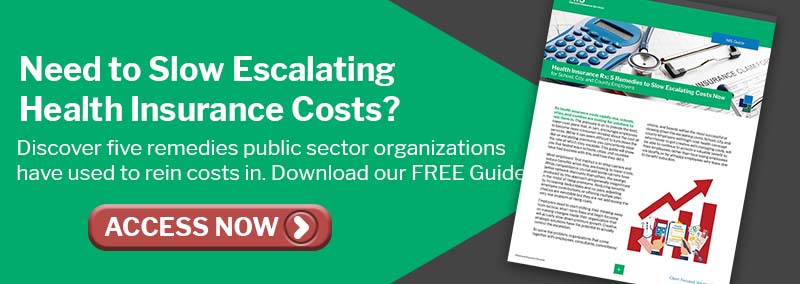2.5 minute read
Employee benefits are evolving, and staying ahead is crucial for attracting and retaining top talent. With a multigenerational workforce, expectations for work-life balance, mental health, and personalized benefits are changing. Understanding and adopting the latest trends can distinguish your organization as an employer of choice.
Here are five key trends shaping employee benefits in 2025.
New Administration’s Benefit Changes
With the Trump administration's return, employers are anticipating changes in healthcare policies. The fate of Affordable Care Act subsidies, expiring in 2025, remains uncertain, potentially affecting premiums and enrollment. Changes to Medicare and Medicaid could also impact retiree benefits. Additionally, Trump's stance on reproductive health and family policies may alter employee benefits significantly over the next four years.
Health Plan Design Modifications
Industry surveys indicate that employers expect health care costs to rise by 7-8% in 2025 due to provider shortages, rising drug costs, chronic health conditions, and an aging population. Glucagon-like peptide-1 (GLP-1) drugs and advanced treatment options like gene and cell therapy are becoming more popular despite their high price tag.
To manage these costs, many employers plan to adjust health plan designs, often raising deductibles and other cost-sharing measures. Despite previous hesitations, more employers may increase premiums and copays this year. Additionally, maintaining full coverage for preventive services and promoting cost-effective care options can help manage expenses.
Supportive Family-building Benefits
Reproductive health benefits are crucial for employers aiming to meet employee needs and stay competitive. A ResumeBuilder.com survey shows that restrictive abortion and IVF laws influence job decisions for many workers. Employers should consider offering valued family-building benefits like paid leave, child care subsidies, flexible scheduling, and more. As laws evolve, it's essential to assess the impact of these benefits.
Growing Popularity of GLP-1s
Interest in GLP-1 drugs, initially for diabetes but now popular for weight loss, is driving up healthcare costs. These long-term treatments cost about $1,000 monthly per person. With 1 in 8 Americans having tried them and usage expected to grow, employers face pressure to cover these expensive drugs. However, the cost and commitment required leave many undecided.
The Rise of Biosimilars
Specialty drugs, particularly biologics, are rapidly increasing in pharmacy spending. Derived from living organisms, biologics treat conditions like cancer and arthritis but are costly, making up 2% of prescriptions yet 37% of drug spending. Biosimilars, cost-effective alternatives, are gaining FDA approval, enhancing patient access. With $36 billion in biosimilar spending saving $56 billion on biologics, potential savings could exceed $180 billion in five years. Despite challenges like exclusivity rights and patents, the biologics market is set to grow from $450 billion to $850 billion in the next decade.
Download the bulletin for more details.

